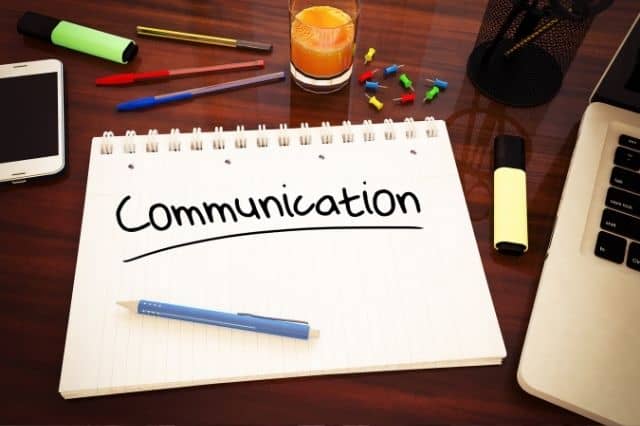Elements of Effective Correspondence
Correspondence refers to the exchange of written or printed communication between two or more people or organizations. Correspondence can be conducted through various mediums, including traditional mail, email, fax, and even social media. Effective correspondence is essential for building and maintaining professional relationships, conveying information, and achieving business objectives.
In this article, we will explore the different types of correspondence, the elements of effective correspondence, and tips for writing professional and engaging letters.

Types of Correspondence:
- Personal Correspondence: Personal correspondence refers to letters or messages exchanged between individuals for personal reasons. These letters may include birthday cards, thank-you notes, invitations, and other informal communication.
- Business Correspondence: Business correspondence refers to letters exchanged between businesses, clients, customers, and other stakeholders. Business correspondence may include formal letters, emails, and memos.
Elements of Effective Correspondence:
- Clarity: Correspondence should be clear, concise, and easily understood by the recipient. Avoid using jargon or technical terms that the recipient may not understand.
- Tone: The tone of correspondence should be professional and appropriate for the audience. Be respectful, courteous, and avoid using offensive language.
- Structure: Correspondence should have a clear and organized structure, including a salutation, introduction, body, and conclusion.
- Formatting: The formatting of correspondence should be consistent and professional. Use an appropriate font, spacing, and margins.
- Grammar and Spelling: Correspondence should be free of grammar and spelling errors. Proofread your letter before sending it to ensure it is error-free.
Tips for Writing Professional and Engaging Letters:
- Identify the Purpose: Before writing a letter, identify the purpose of the correspondence. Determine what you want to achieve with the letter and tailor your message accordingly.
- Address the Recipient Correctly: Address the recipient by their proper title and name. If you are unsure of the recipient’s name or title, do some research to find out.
- Use a Professional Tone: Use a professional tone in your letter. Be respectful, courteous, and avoid using offensive language.
- Keep it Concise: Keep your letter concise and to the point. Avoid rambling or including irrelevant information.
- Proofread: Proofread your letter before sending it to ensure it is error-free. Check for spelling and grammar errors, and ensure the letter is clear and easy to understand.
In conclusion, correspondence is a crucial component of building and maintaining professional relationships. Effective correspondence requires clarity, professionalism, and an understanding of the purpose of the letter. By following the tips outlined in this article, you can write professional and engaging letters that convey your message effectively.






